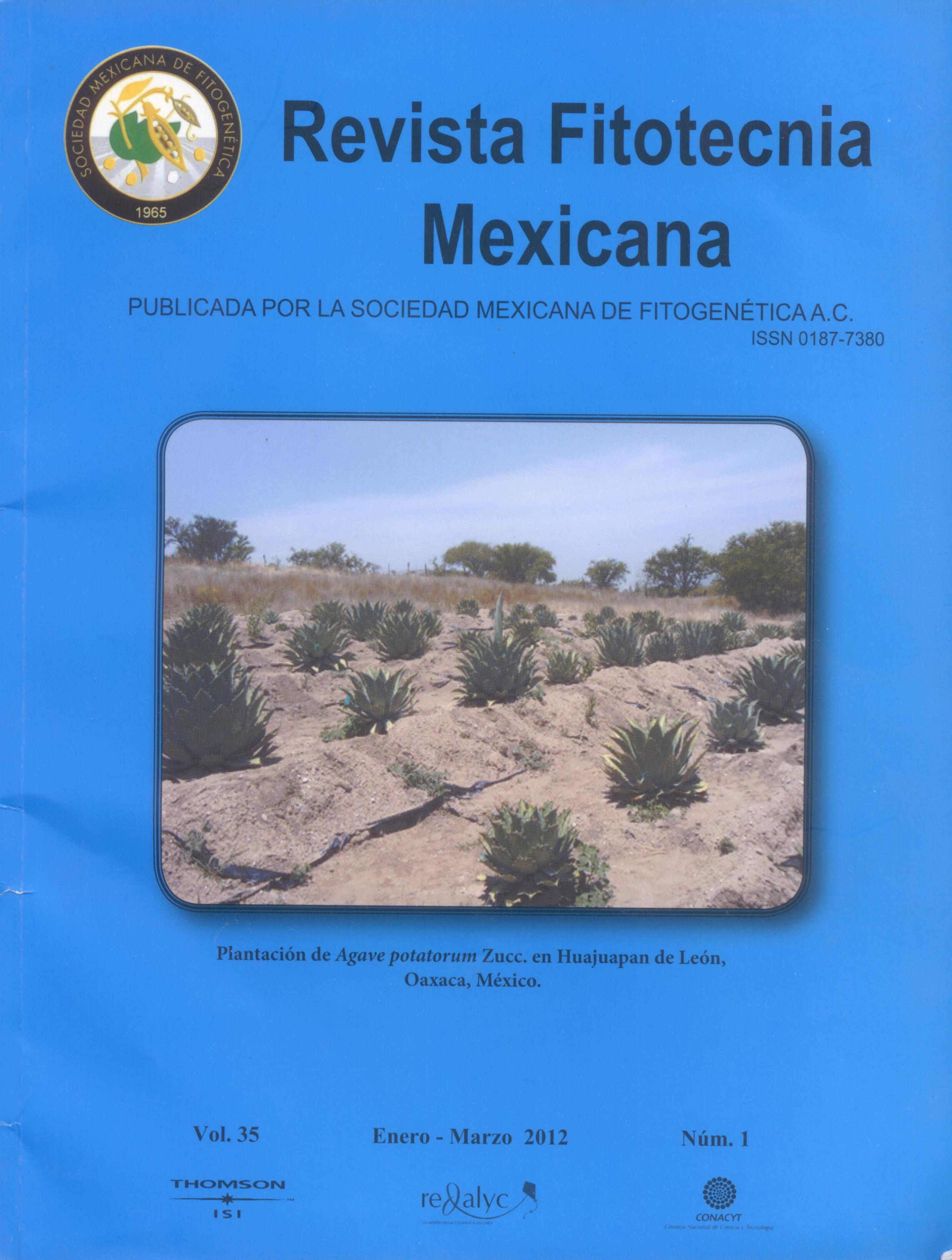ENERGY METABOLISM OF Cucurbita pepo MYCORRHIZED WITH FUNGI OF THE SONORAN DESERT AND GROWN WITH SALINITY OR MOISTURE DEFICIT
Main Article Content
Abstract
Arbuscular mycorrhizal fungi (AMF) are useful in agriculture for enhancing plant growth mainly in suboptimal environments. Because mycorrhizal symbiosis is required, a successful association occurs when the cost of maintaining the fungus by the transfer of photoassimilates is compensated by the nutritional benefits obtained by plants. The efficiency in this interaction changes depending on the origin of associated organisms and growing conditions. This study evaluated AMF effeccts collected from a saline soil of a semiarid region, on plant growth, construction costs and photochemistry of Cucurbita pepo var. pepo under saline stress and water deficit. AMF native of the Sonoran desert increased plant biomass with lower construction cost the plant tissue, compared to an exotic species (Glomus claroideum), to a recommended chemical fertilization and to a control. The observed benefits are related to development of extracellular mycelium and percentage of mycorrhizal colonization. Also, under moisture deficit and salinity, mycorrhization using native species increases the photochemistry valuation indexes (absorbed photon flux per unit area and efficiency by which an electron is transferred through the transport chain), as compared to plants inoculated with exotic species or fertilized chemically.

